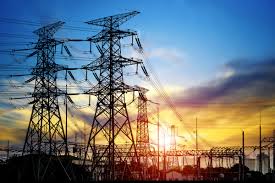Nepal Sends Electricity to Bangladesh via India, Boost to Sub-Regional Connectivity
Related Articles
Economic Uncertainty में Safe Haven की चमक Silver ने बनाया All Time High, Gold नई Peak के करीब
वैश्विक बाजारों में आर्थिक अनिश्चितता बढ़ने के बीच सुरक्षित निवेश की मांग तेज हो गई है। बुधवार को एशियाई कारोबार में सोने की कीमतों...
Pollution to Prosperity: How India is Paying Farmers to Build Better Roads
India's farmers have long battled the twin troubles of low incomes and seasonal air pollution from burning crop stubble. But a game-changing initiative announced...
Bihar Driving License: बिहार में डीएल बनवाना हुआ आसान, टेस्ट पास करने के 24 घंटे में मिलेगा ड्राइविंग लाइसेंस
बिहार में अब Driving Licence बनवाने की प्रक्रिया पहले से कहीं ज्यादा तेज और आसान होने जा रही है। राज्य सरकार ने बड़ा फैसला...


